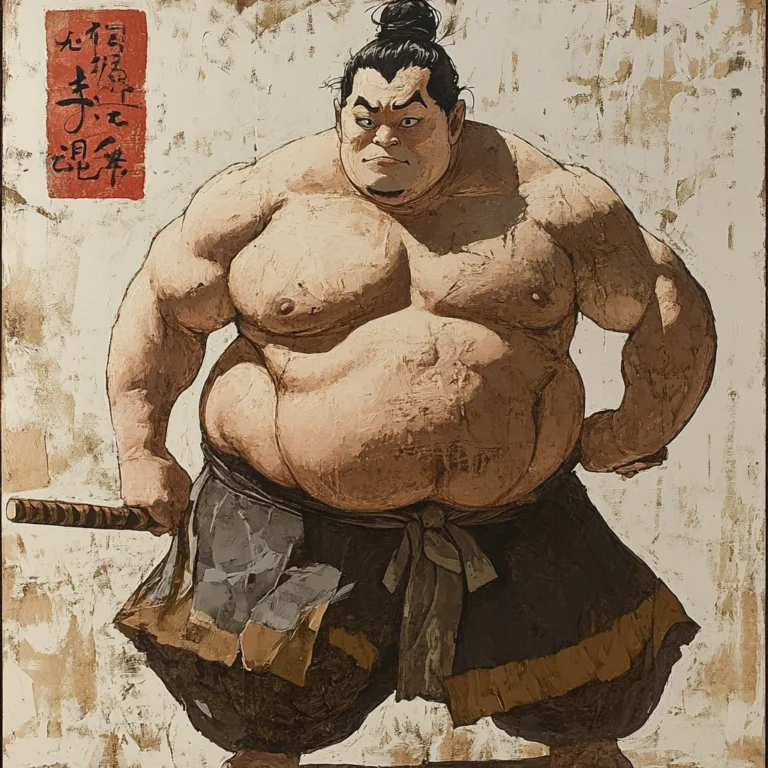Sumo has its roots in ancient Japan, with records of sumo matches dating back over 1,500 years, originally performed as a ritual to entertain the gods and ensure a good harvest.
The ring, known as the 'dohyo,' is made of clay and covered with a layer of sand. The dohyo is considered sacred, and a Shinto ceremony is held to purify it before each tournament.
A sumo wrestler, known as a 'rikishi,' can weigh over 300 pounds, and they follow a strict diet and training regimen to maintain their size and strength.
Sumo wrestlers live and train in communal living quarters called 'stables' or 'heya,' where they adhere to a highly disciplined lifestyle, including rigorous training sessions and specific eating schedules.
The goal of a sumo match is to force the opponent out of the ring or make any part of their body other than the soles of their feet touch the ground. Matches are typically brief, often lasting only a few seconds.
The highest rank in sumo is 'Yokozuna,' a title that is not easily earned and can only be granted by the Japan Sumo Association. Yokozuna are expected to uphold the highest standards of conduct both in and out of the ring.
Sumo tournaments, known as 'basho,' are held six times a year in Japan, with each tournament lasting 15 days. Wrestlers compete daily, and the wrestler with the best record at the end of the tournament is declared the winner.
Before each match, sumo wrestlers perform a series of rituals, including the 'shiko' (stomping of feet), to drive away evil spirits, and throwing salt into the ring to purify it.
Sumo wrestling attire consists of a 'mawashi,' a thick silk belt that is wrapped around the wrestler's waist and groin. The mawashi is the only garment worn during matches.
Foreign-born wrestlers, known as 'gaijin,' have become increasingly successful in sumo, with several achieving the rank of Yokozuna, including Mongolian wrestlers Asashoryu and Hakuho.
The referee, or 'gyoji,' wears traditional clothing and carries a fan called a 'gunbai,' which is used to signal the winner of the match. The gyoji's role is highly respected, and they must be well-versed in sumo tradition.
Sumo has a deep connection to Shintoism, and many of the rituals and ceremonies performed during tournaments have religious significance, reflecting the sport's spiritual roots.
Sumo wrestlers often adopt ring names, or 'shikona,' which are chosen to reflect their personality, strength, or aspirations. These names are used in place of their real names during their careers.
Despite the intense physical nature of the sport, sumo wrestlers are often known for their humility, politeness, and strong sense of honor, which are central to the culture of sumo.
Sumo remains a beloved and respected sport in Japan, with millions of fans attending tournaments and watching matches on television, ensuring that this ancient tradition continues to thrive in the modern era.
How useful was this post?
Click on a star to rate it!



